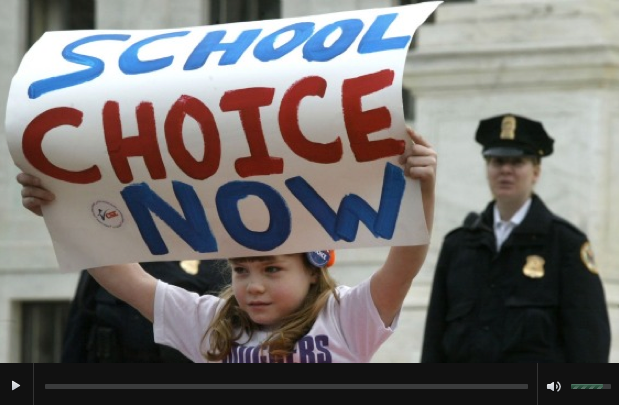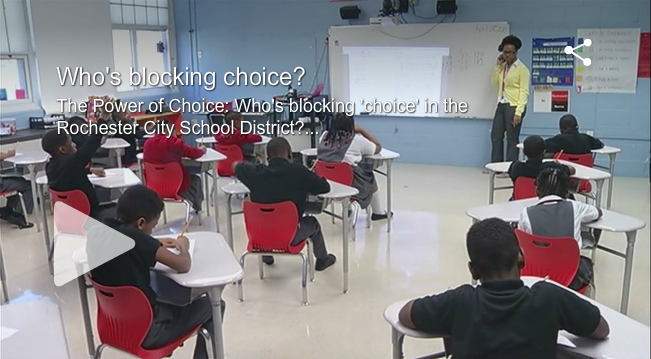 According to a new report, the Archdiocese of Philadelphia will have happy news to share with Pope Francis when he comes to visit in September.
According to a new report, the Archdiocese of Philadelphia will have happy news to share with Pope Francis when he comes to visit in September.
Across the United States, Catholic schools have been suffering declining enrollment, but Faith in the Future has announced that the Philadelphia system of Catholic schools are now projecting growth in the number of students they serve. Additionally, the high school system, previously in deficit, is now reporting a surplus in funds, which are being reinvested back into the schools themselves.
While Pennsylvania Catholic schools have also generally benefited from the state’s two tax credit scholarship programs, which allow parents who might not otherwise be able to afford to send their kids to Catholic schools to choose that option. While public policy solutions are important to keep on the table, as they could have a huge impact on the ability of the religious school sector as a whole to remain solvent, Catholic school leaders can’t wait for the next governor to make school choice his or her priority; the crisis is real and now.
In 2011, The Center for Education Reform issued a policy alert taking a critical look at the issues facing struggling Catholic schools, suggesting that the future success of Catholic schools will be tied directly to the ability of Catholic school leaders to integrate faith missions with business skills, and embracing the kinds of changes taking place in the education marketplace at large.
And indeed, the Faith in the Future report notes part of the reason for significant progress has been “reinforcing business process in pursuit of a new growth strategy.”
Acknowledging that it is still early, Faith in














